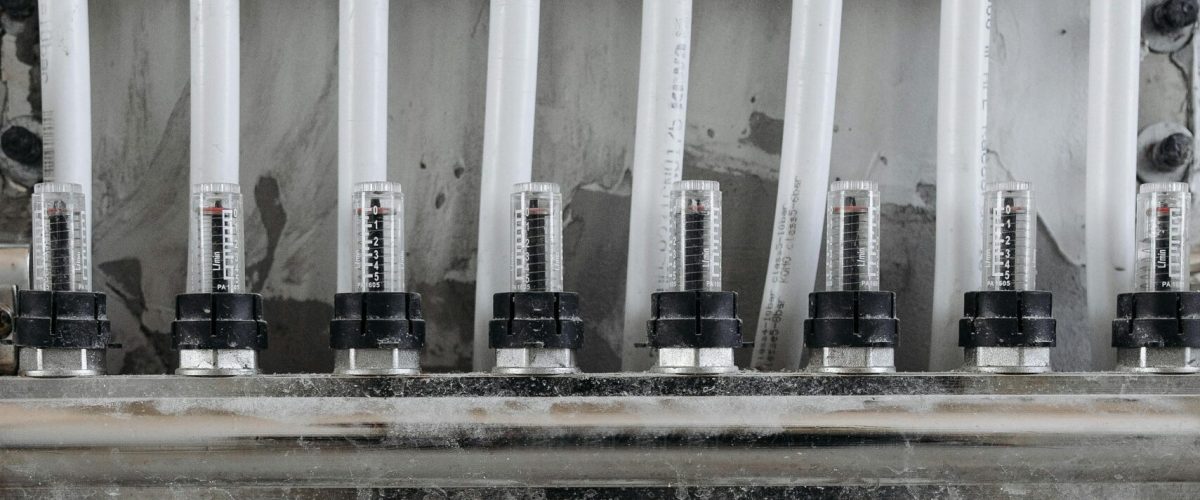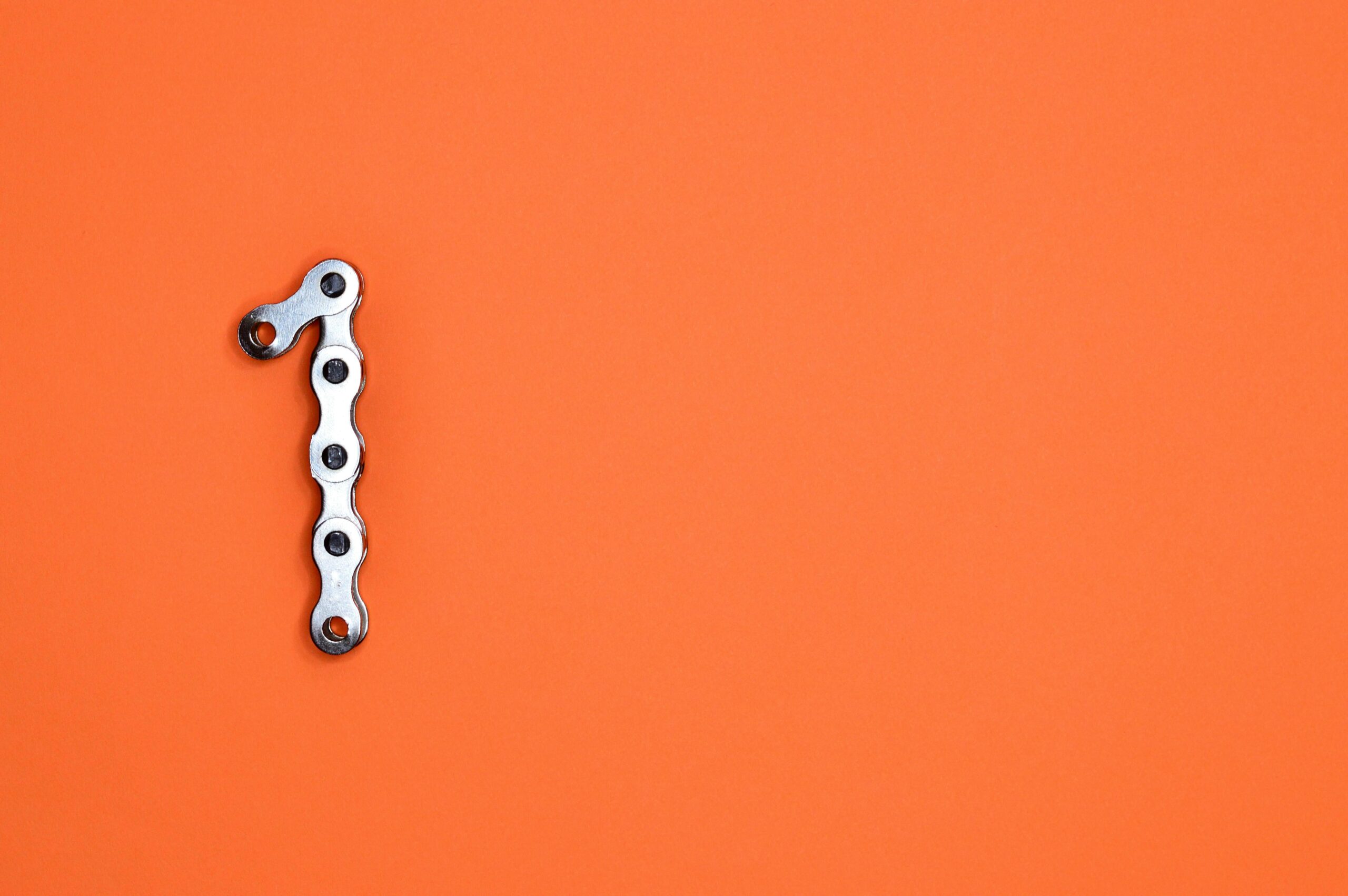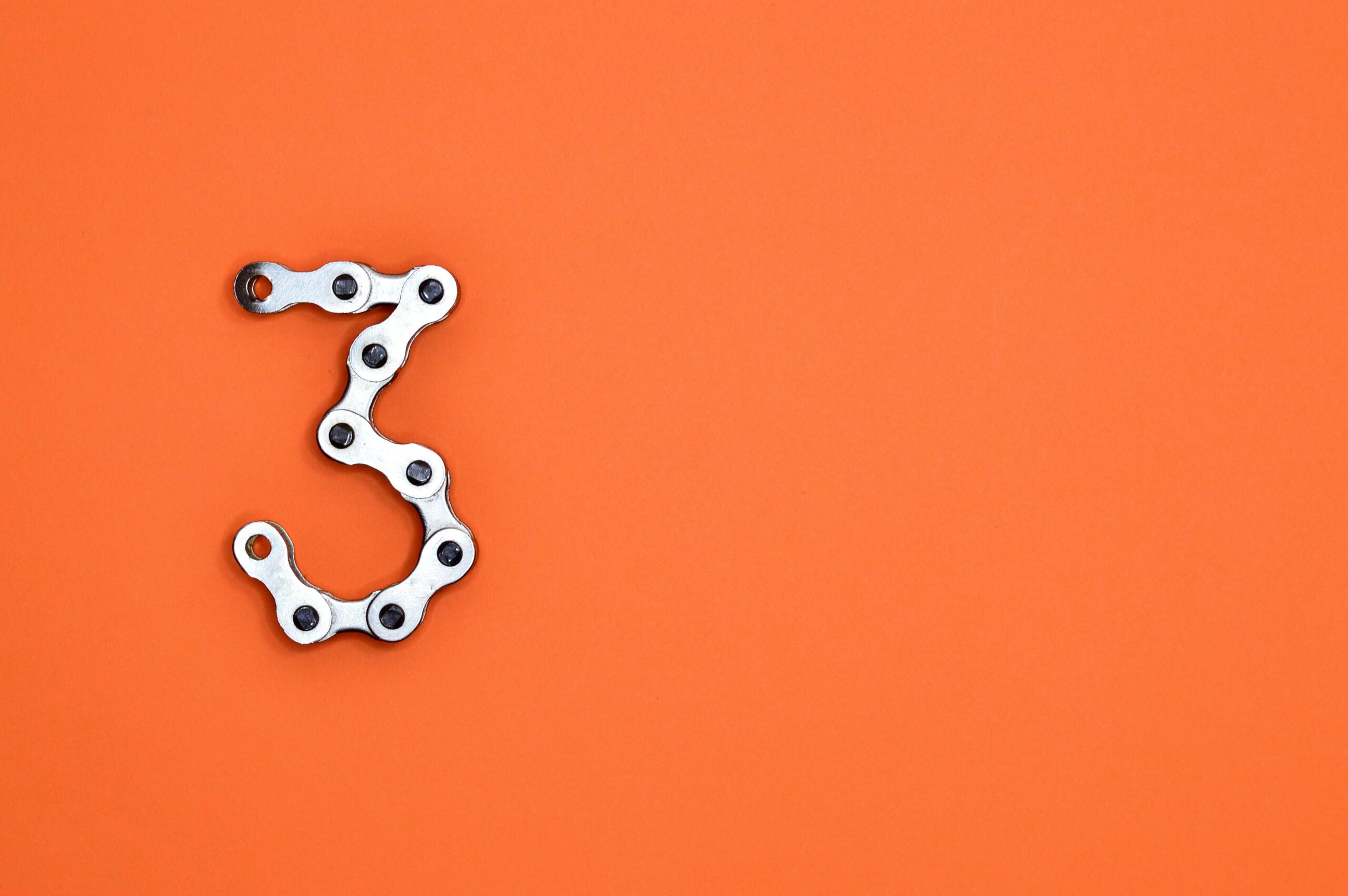What are Pipe Clamps
All About Pipe Clamps
Simply Stated Pipe Clamps are Pipe holders that act as fasteners and dampeners based the area and purpose of usage. Take 5 mins and learn all there is to know about Clamps.


What are Pipe Clamps?

Types & Use of Pipe Clamps

Choosing the Right Clamp
Pipe clamps, also called pipe clips, saddle clamps, or pipe clamp fittings—are circular or semi-circular brackets used to secure pipes to structural surfaces. Installed with screws, bolts, or hangers, they provide reliable support, alignment, and load distribution for plumbing, heating, drainage, hydraulic, and industrial piping systems
Common Plastic Pipe Types, Fittings & Use Cases
Plastic Pipe Types & Fittings
Solid-wall pipes: Simple extruded thermoplastics.
Structured-wall: Optimized-wall plastic pipes for strength.
Barrier pipes: Multi-layered (plastic-metal-plastic), common in heating/water systems
Fittings
Include elbows, couplings, tees, and reducers—integral components of plastic pipe networks.
Why it matters: Matching clamps to plastic pipe characteristics (like flexibility, expansion, and temperature range) ensures durability—especially relevant for plastic pipe purposes like water, chemical conveyance, and heating systems .
Types of Pipe Clamps & Supports
Standard/Split-band/U‑bolt/Saddle: Basic metal clamps ideal for metal or plastic pipes.
Plastic Pipe Clamps: Semi-circular, flexible, moisture-resistant—great for lightweight or outdoor pipes.
Heavy‑Duty Clamps: For large, heavy loads (e.g., district heating, heavy machinery piping).
Adjustable Clamps: Steel/plastic/aluminium—adapt across sizes; cost-effective.
Cushioned/Rubber-lined: Prevents galvanic corrosion, reduces vibration and noise.
Two-/Three‑Bolt & Yoke‑Type: Suitable for insulated or high-temp pipes; three-bolt supports heavier loads.
Riser Clamps: Support vertical runs at floors; often carbon steel, sized per pipe OD.
Extended/Multiple‑Pipe Clamps: Handle multiple lines or serve as extended supports.
Structural Pipe Fittings: For building handrails, guardrails and tubular structures.
Choosing the Right Clamp: Key Criteria
Pipe Material Compatibility: Match clamp to pipe (e.g., SS clamp with SS pipe) to avoid galvanic corrosion.
Environmental Conditions: Use stainless, galvanised, or plastic clamps in corrosive or outdoor settings.
Pipe Diameter & Insulation: Include insulation thickness in OD measurement. Use adjustable or cushioned clamps accordingly.
Load & Temperature: Select heavy-duty or three‑bolt/yoke clamps for high thermal or mechanical loads.
Noise/Vibration: Cushioned clamps reduce noise and dampen vibrations.
Compliance Standards: Document clamp specs for CE, REACH, RoHS compliance—vital for EU export.
Installation & Best Practices
Slide clamp before connecting pipes (especially for barbed joints).
Align and tighten evenly to avoid leaks or stress points.
Follow manufacturer torque specs, and consider quick-lock systems for faster installs (e.g., StarQuick®, BISMAT Flash).
Space supports at regular intervals depending on pipe size, material, and thermal expansion needs.
